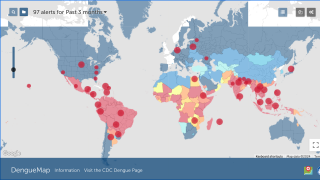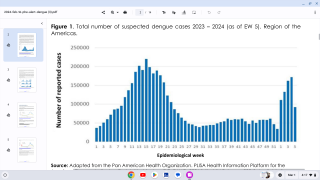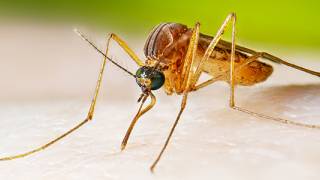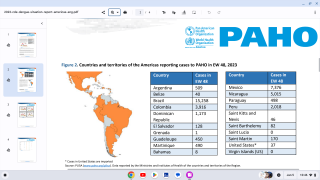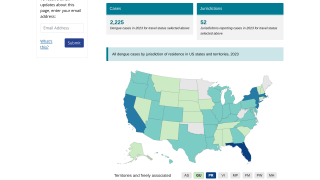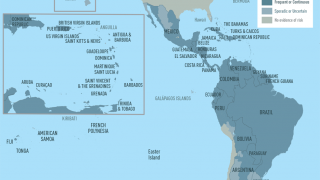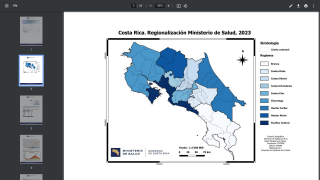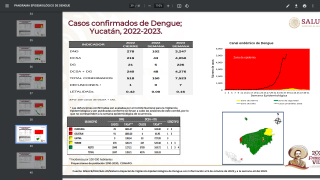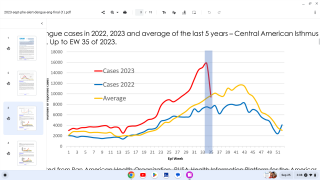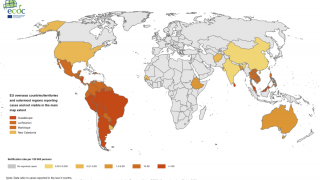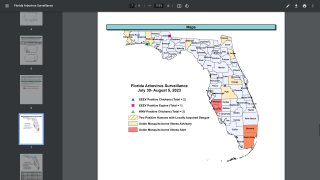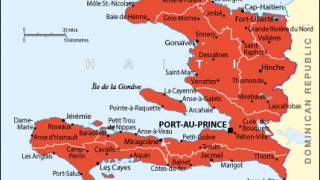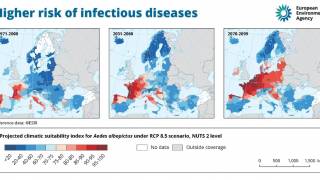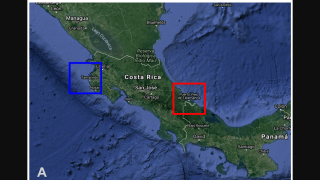Paint Your House to Prevent Dengue Disruptions
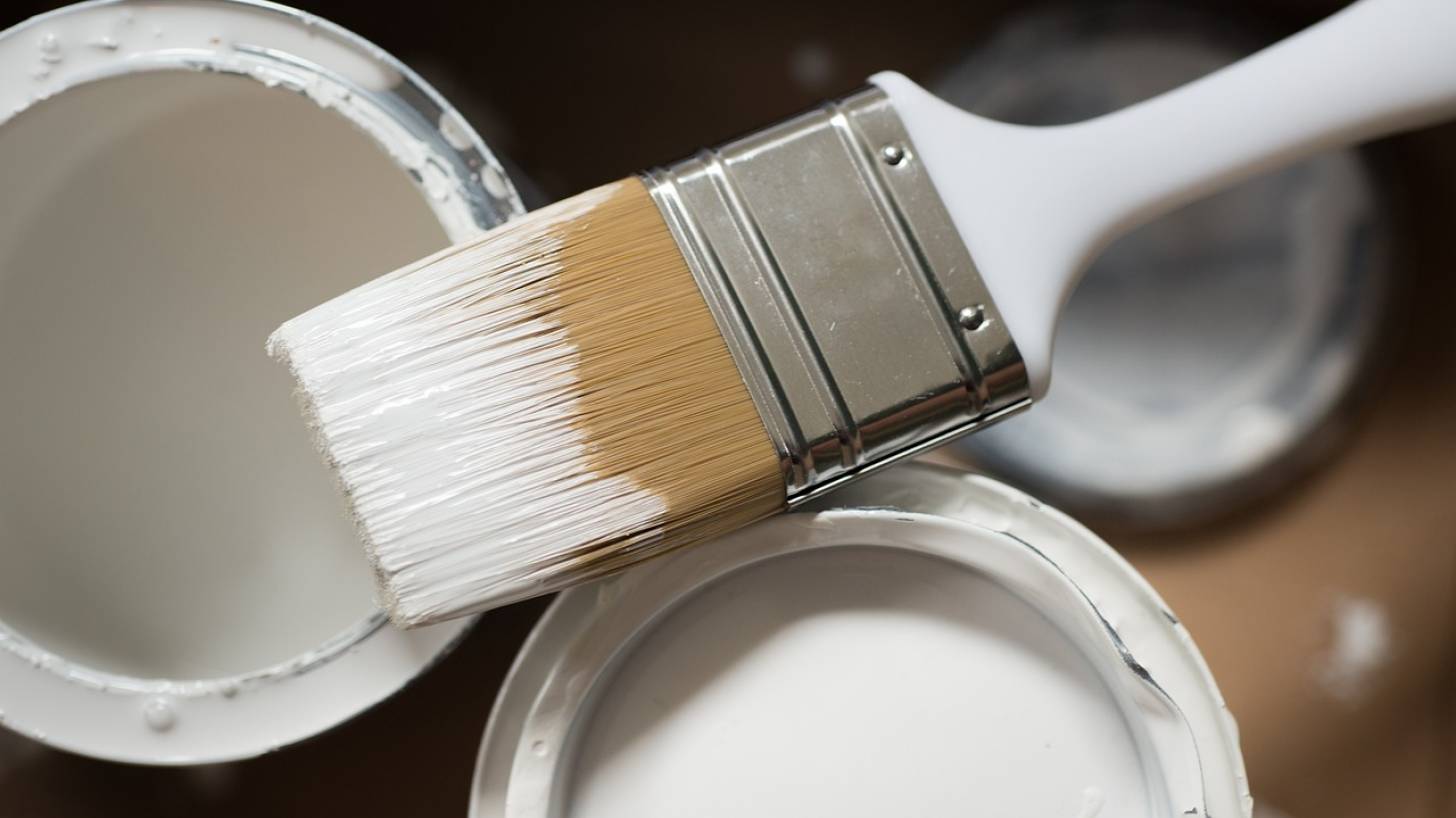
Several countries are experiencing outbreaks of dengue and Zika viruses in 2024. While many programs are available for controlling mosquitoes, innovative strategies are necessary to prevent these severe diseases from continuing to reemerge.
Insecticide paints have recently been identified as a new technology offering a safer and more residual way to eliminate disease-carrying mosquitoes.
The TINTAEDES project was implemented in 2022 to assess the effectiveness, acceptability, and operational deployment of an insecticide paint for controlling Aedes mosquitoes and averting dengue and Zika outbreaks.
On March 5, 2024, the journal Frontiers in Tropical Diseases published Original Research that concluded laboratory studies evidenced the susceptibility of wild populations of Ae. aegypti to insecticide paints (IPs) containing the pyrethroid transfluthrin (TFL) formulations and resistance to paints containing organophosphates.
The laboratory trials conducted with three paint formulations showed a one-year residual effect of the TFL-based paint against wild females.
All three IPs in the study exerted complete mortality (24 hours after exposure) to wild-caught Ae. aegypti female populations at one month after paint application on both substrates.
At month six, the efficacy of 5A IGR and ARES was below 80%, while VESTA was effective for 12 months when applied to porous substrates.
In the 12-month follow-up evaluation, the efficacy of the three IPs was higher in treated porous surfaces except for the transfluthrin paint.
The mortality recorded for the control paint was less than 10% in all the tests, validating the assay's results.
The differences in mortality observed between the treated surfaces and the controls were significant when compared at all evaluation times, both for the porous surface (Mann–Whitney p-value = 0.02) and the non-porous surface (Krustal–Wallis p-value = 0, 05).
Most of the surveyed workers of the painted buildings experienced fewer mosquitoes after the paint treatment.
These researchers showed that TFL paint can be exploited as a contact-killing surface and potentially a passive emanator for inducing spatial repellency effects. TFLs are widely used in anti-mosquito consumer products like coils, mats, and vaporizers, exerting killing and repelling airborne effects.
These findings showed the importance of the correct paint application under a resident-driven public health intervention.
"Here we show that VESTA insecticide paint is effective at killing Aedes aegypti, the yellow fever mosquito, in the city of Praia for at least one year," said lead author Dr. Lara Ferrero Gómez in a press release.
"We also found it has good acceptance in the population, with 98% confirming the decrease in mosquitoes in their residences after paint application."
The results from the TINTAEDES project point to IP as a potential strategy for intra-domiciliary control of the dengue and zika mosquito vector in Praia, Cabo Verde, Africa.
These researchers recommended conducting further studies of a large-scale community-based intervention to reaffirm the findings in this study in terms of efficacy and acceptability.
Our Trust Standards: Medical Advisory Committee


